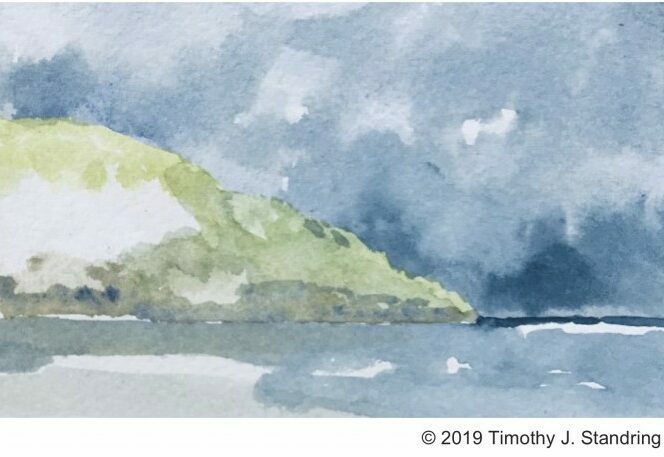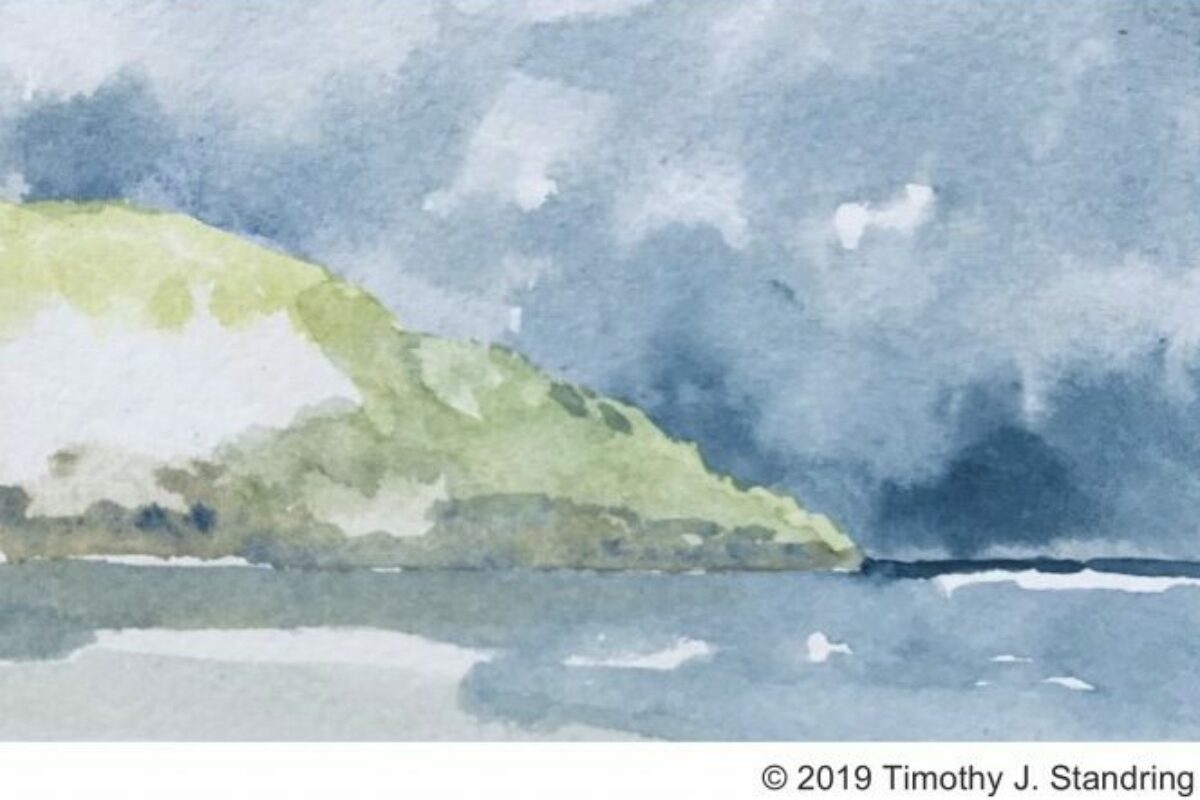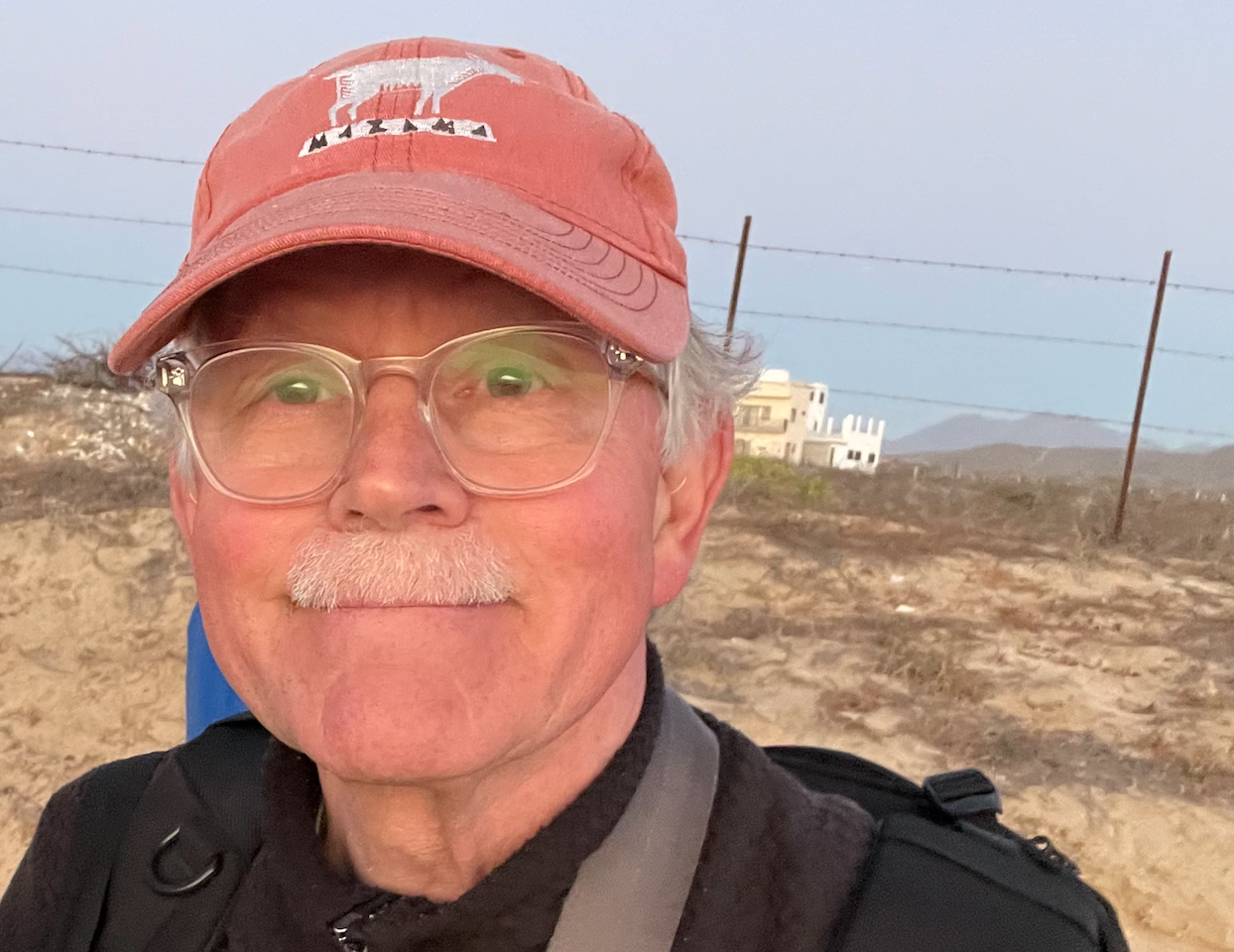Watercolour Primer for All: Beginners & Seasoned Painters Welcome

Registration

Timothy James Standring
Sunday to Thursday, September 19 – September 23, 2021
9:00am – 4:00pm
With wit and whimsy, filled with a passionate knowledge of the history of watercolour painting, Dr. Standring will hold your attention during this five-day workshop in which you’ll cover all of the basics. Fundamentally, you’ll learn with hands-on exercises that u techniques are closely aligned with the materials and tools that you are using: brushes, paper, and even the pigments themselves–all have interesting properties that lend to the final painting.
You’ll experiment with cold and hot press papers, natural and artificial brushes, different brands of watercolour pigments and learn how to stretch paper and set up your portable kit for painting on site while traveling for pleasure or for work. And most of all, you’ll learn how to discern what constitutes a true watercolour painting.
Students Should Bring:
- Watercolour pad (Recommended: 9 x 12 inches, Chanson XL). Watercolour blocks are more expensive if your budget can afford them: [9 x 12 Saunders Waterford White (20 sheets), or Fabriano 20 sheets—both 140 lb—or panoramic size, for example by Sennelier, 9 x 4 inches]
- Watercolour pigment kit (Recommended: Sennelier, La Petite Aquarelle Watercolour, set of 12 tubes or set of Half Pans; but other inexpensive kits by Windsor Newton are fine)
- Watercolour brushes (Recommended synthetic brands: Silver Black Velvet are my current favorites; da Vinci Casaneo, Princeton Aqua Elite, Princeton Velvet touch, Raphael Precision, rounds, sizes 8 to 14, perhaps even a smaller one, but sizes vary according to manufacturers; an inexpensive boars’ hair 1inch flat brush); and an oil painter’s brush, number 4 bright (it is a small stubby brush on a long handle)
- Two containers for water
- Watercolour palette—the flat rectangular box for mixing colors (Recommended: Holbein enameled palette, but a broad porcelain white dinner plate purchased at a thrift store will do. Plastic clam palettes are also perfectly fine, but sand the plastic palette to prevent the watercolours from beading up)
- ½ inch artist masking tape
- Art Graf watercolour graphite (black)
- Plastic ice cube tray
- 2 oz pump spray bottle
- Graphite pencil (Recommended: Faber Castell 3 H “grip 2001”)
- Roll of soft paper towels
- Equipment for open air painting, and if inclement weather, we’ll paint indoors—but these equipment items will be discussed in the workshop. You will not necessarily need an easel to paint standing up; a camping stool with a small table nearby is preferable. Pic-nic tables are perfect for this.
- Enthusiasm, curiosity, courage, and questions!
Bookings
Registrations for this workshop are now closed.

Timothy James Standring
Bookings
Registrations for this workshop are now closed.